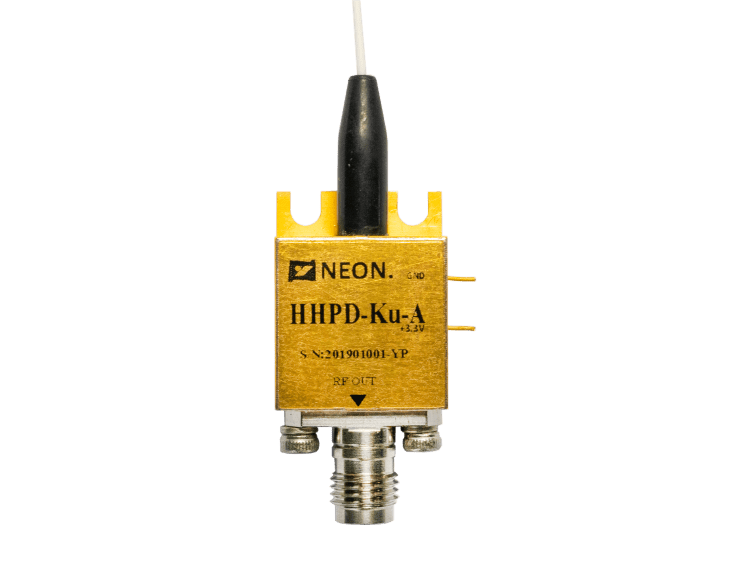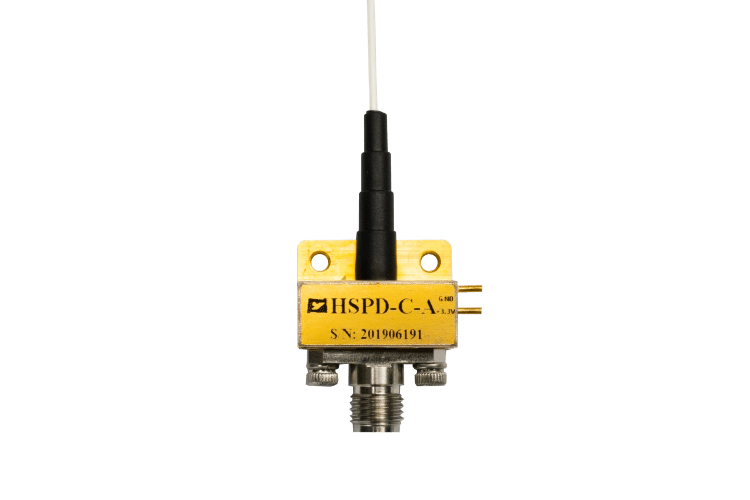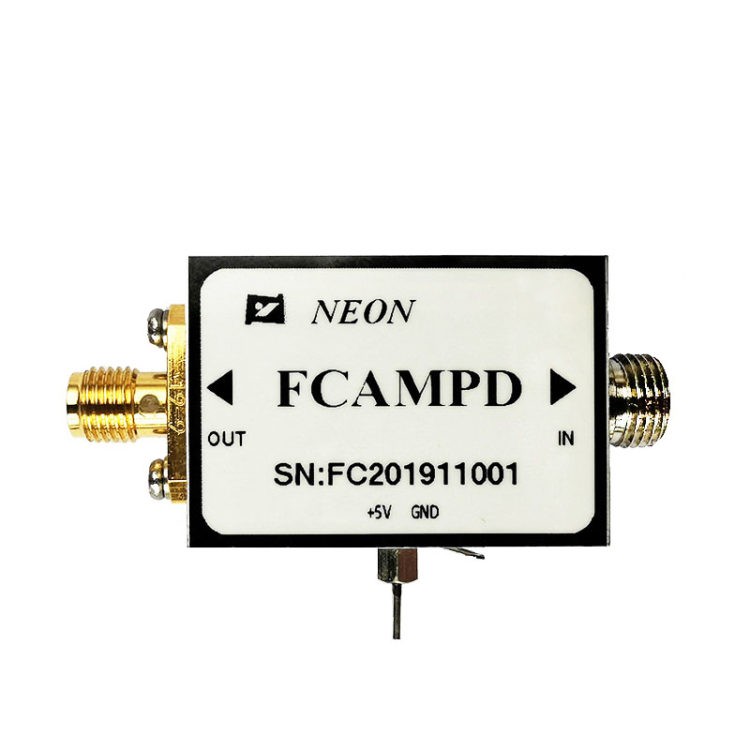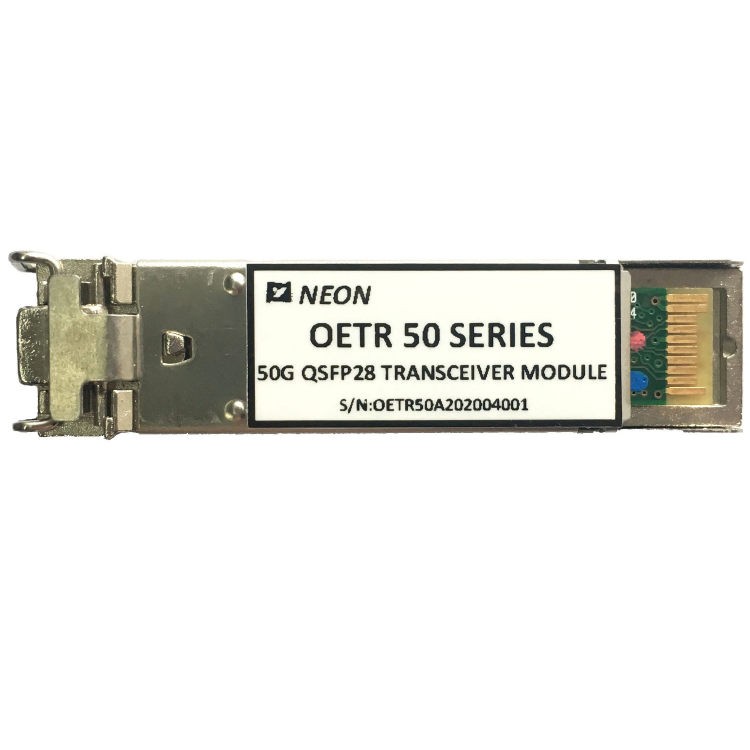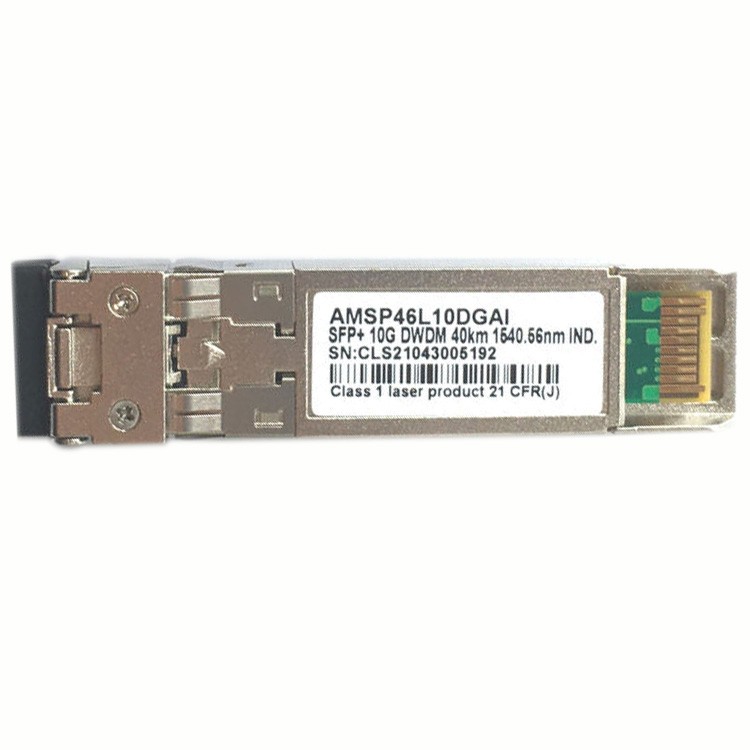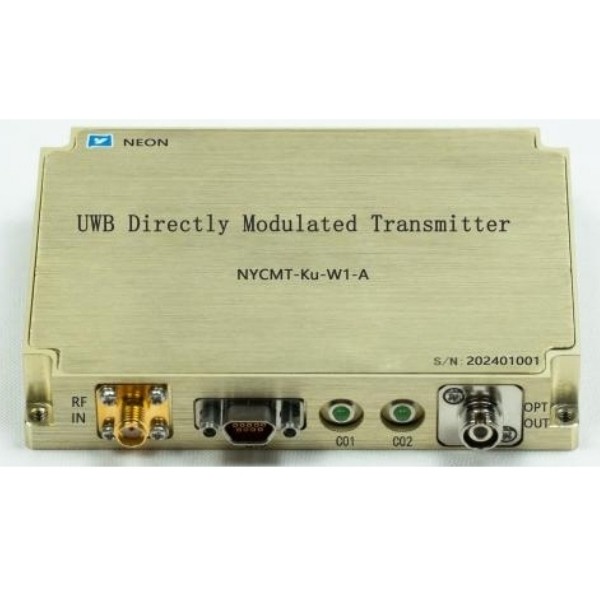SFP Optical Transceivers: Types, Principles, Selection, and Troubleshooting
In the age of exponential data growth, high-speed, reliable network connectivity is paramount. Small Form-factor Pluggable (SFP) optical transceivers are pivotal in enabling this connectivity, serving as the linchpin for data transmission in data centers, telecommunications networks, and enterprise infrastructures. These devices facilitate the conversion of electrical signals to optical signals and vice versa, enabling high-speed data transfer over fiber optic cables. This article provides an in-depth exploration of SFP optical transceiver types, operational principles, selection criteria, related technologies, and common troubleshooting measures.
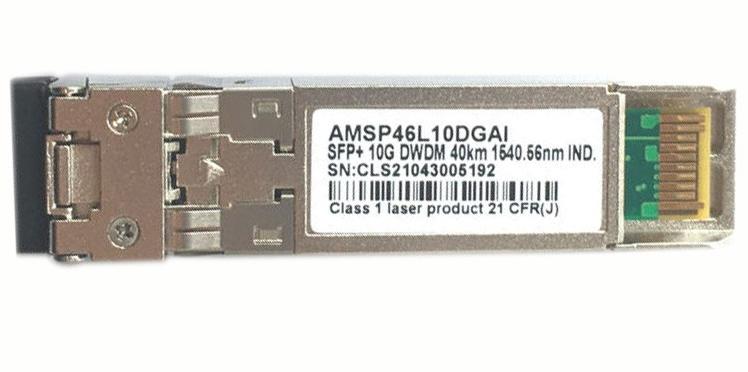
SFP Optical Transceiver Types and Distinctions
The SFP ecosystem encompasses a variety of form factors, each tailored to specific bandwidth requirements and applications. Key types include:
- SFP: The original SFP transceiver supports a transmission rate of 1Gbps and is commonly used in Gigabit Ethernet and fiber channel applications. It is compact, low-power, and suitable for short to medium-distance fiber transmission.
- SFP+: SFP+ optical transceiver is an upgraded version of SFP, supporting a transmission rate of 10Gbps. It is widely used in 10G Ethernet and data centers. SFP+ modules share the same form factor as SFP but offer higher speeds and lower power consumption.
- SFP28: SFP28 is a further enhancement of SFP+, supporting a transmission rate of 25Gbps. It is primarily used in 25G Ethernet and next-generation data centers. While maintaining the same size as SFP+, it provides higher bandwidth and lower latency.
- QSFP+: QSFP+ (Quad Small Form-factor Pluggable) is a four-channel transceiver that supports a transmission rate of 40Gbps. It achieves high-speed data transmission through four independent channels, making it suitable for high-density, high-speed network environments.
- QSFP28: QSFP28 is an upgraded version of QSFP+, supporting a transmission rate of 100Gbps. It is commonly used in 100G Ethernet and data center interconnects. By leveraging four-channel technology, it delivers higher bandwidth while maintaining low power consumption.
The primary differences between these modules lie in their transmission rates, sizes, and applicable network environments. SFP and SFP+ are suitable for lower-speed networks, while SFP28, QSFP+, and QSFP28 are designed for high-speed, high-density networks.
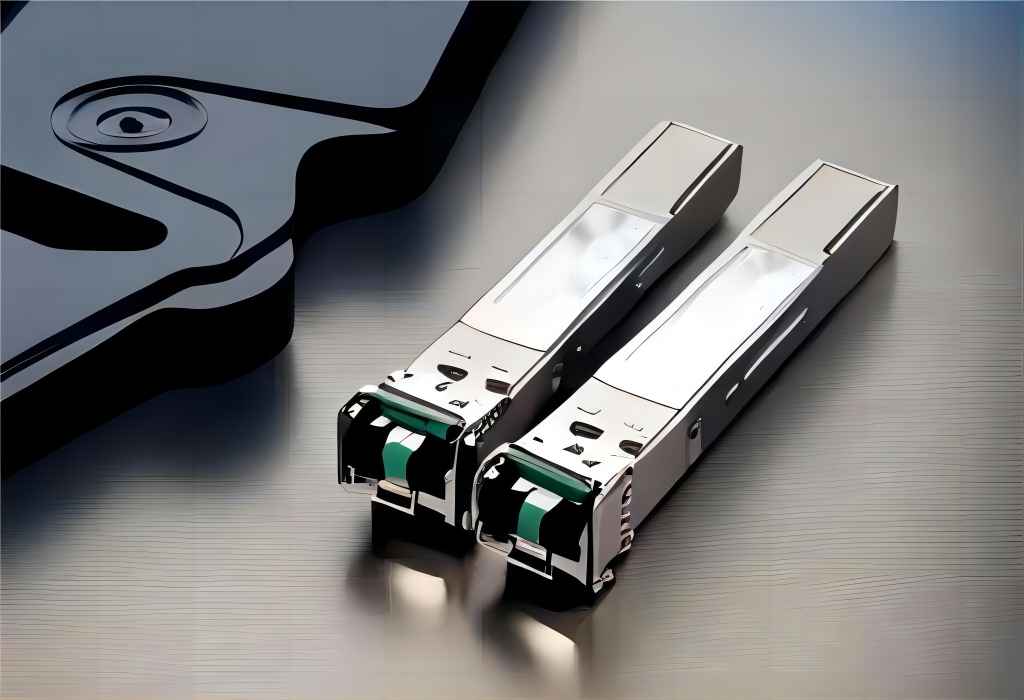
Working Principles of SFP Optical Transceivers
The working principle of SFP optical transceivers is based on electro-optical conversion technology, which involves two main processes: transmitting and receiving optical signals.
Optical Signal Transmission:
At the transmitting end, the SFP module converts electrical signals into optical signals using a laser diode. The electrical signals are modulated and loaded onto the optical signals, which are then transmitted through optical fibers to the target device. The wavelength of the laser diode is typically 850nm (for multimode fibers) or 1310nm/1550nm (for single-mode fibers).
Optical Signal Reception:
At the receiving end, the SFP module converts optical signals back into electrical signals using a photodiode. The photodiode detects the optical signals and converts them into electrical signals for processing by network devices.
Signal Modulation and Demodulation:
The SFP module uses modulation techniques to load electrical signals onto optical signals and demodulation techniques to restore electrical signals at the receiving end. Modulation methods include direct modulation and external modulation, depending on the transmission distance and speed.
SFP modules enable long-distance, high-speed data transmission through optical fibers, making them essential components in data centers, telecommunications, and enterprise networks.
How to Choose the Right SFP Optical Transceiver
Selecting the right SFP optical transceiver requires careful consideration of several factors to ensure it meets specific network requirements:
- Transmission Rate: Choose a transceiver based on the required transmission rate, such as 1Gbps (SFP), 10Gbps (SFP+), 25Gbps (SFP28), 40Gbps (QSFP+), or 100Gbps (QSFP28).
- Transmission Distance: Select single-mode or multimode fiber modules based on the transmission distance. Single-mode fibers are suitable for long-distance transmission (up to 100 kilometers or more), while multimode fibers are ideal for short-distance transmission (typically within 550 meters).
- Wavelength: Different wavelengths are suitable for different applications. For example, 850nm wavelengths are typically used for multimode fibers, while 1310nm and 1550nm wavelengths are used for single-mode fibers.
- Interface Type: Choose an SFP module with the appropriate interface type, such as LC or SC. LC interfaces are smaller and suitable for high-density environments, while SC interfaces are easier to install and maintain.
- Compatibility: Ensure the SFP module is compatible with the network equipment. While third-party modules are often more cost-effective, OEM modules offer better compatibility and stability.
By considering these factors, you can select the most suitable SFP transceiver for your network environment.

What are the Related Technologies of SFP Optical Transceivers?
- CWDM (Coarse Wavelength Division Multiplexing): CWDM technology transmits multiple data channels over a single fiber by using different wavelengths. It typically supports 8 to 16 wavelengths and is suitable for medium to short-distance transmission.
- DWDM (Dense Wavelength Division Multiplexing): DWDM is similar to CWDM but supports more wavelengths (typically 40 to 80) and longer transmission distances. It is ideal for long-distance, high-capacity networks.
- BiDi (Bidirectional Transmission): BiDi technology enables bidirectional data transmission over a single fiber, reducing the number of fibers required and lowering costs. BiDi modules use two different wavelengths for transmitting and receiving data.
These technologies enable SFP transceivers to achieve efficient and reliable data transmission in complex network environments.
Common Faults and Solutions for SFP Optical Transceivers
SFP optical transceivers may encounter several common faults during operation. Below are some typical issues and their solutions:
- Transceiver Not Recognized: This may be due to incompatibility or poor contact between the module and the device. The solution is to check compatibility and reseat the module.
- Weak or No Optical Signal: This could be caused by poor fiber connections or damaged fibers. The solution is to inspect the fiber connections and replace any damaged fibers.
- Overheating: Overheating may result from high ambient temperatures or inadequate heat dissipation. The solution is to improve cooling conditions or replace the module with one that has better heat dissipation.
- Data Transmission Errors: These errors may be caused by low-quality modules or fibers. The solution is to replace them with high-quality alternatives.
Regular maintenance and inspection can significantly reduce the failure rate of SFP transceivers, ensuring stable network performance.

In conclusion, SFP optical transceivers are critical components in modern optical communication networks, offering a wide range of types and applications. Understanding their types, working principles, selection criteria, related technologies, and common faults enables better decision-making and utilization of SFP transceivers, enhancing network performance and reliability. As network technology continues to evolve, SFP transceivers will remain indispensable in high-speed, high-density network environments.


